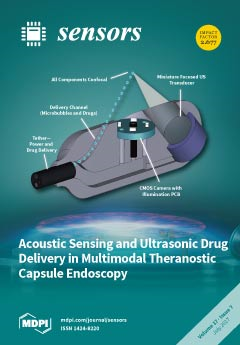1
Department of Information Management, Tainan University of Technology, 529 Zhongzheng Road, Tainan 71002, Taiwan
2
Fujian Provincial Key Laboratory of Big Data Mining and Applications, Fujian University of Technology, Fuzhou 350118, China
3
National Demonstration Center for Experimental Electronic Information and Electrical Technology Education, Fujian University of Technology, 3 Xueyuan Road, Fuzhou 350118, China
4
Department of Computer Science and Information Engineering, Chaoyang University of Technology, 168 Jifeng East Road, Taichung 41349, Taiwan
5
School of Information Engineering, Changchun University of Technology, Changchun 130600, China
6
Department of Library and Information Science, Fu Jen Catholic University, 510 Jhongjheng Road, New Taipei 24205, Taiwan
7
Department of Photonics and Communication Engineering, Asia University, 500 Lioufeng Road, Taichung 41354, Taiwan
8
Harbin Institute of Technology Shenzhen Graduate School, Shenzhen University Town, Xili, Nanshan District, Shenzhen 518055, China
Abstract
In recent years, with the increase in degenerative diseases and the aging population in advanced countries, demands for medical care of older or solitary people have increased continually in hospitals and healthcare institutions. Applying wireless sensor networks for the IoT-based telemedicine system enables
[...] Read more.
In recent years, with the increase in degenerative diseases and the aging population in advanced countries, demands for medical care of older or solitary people have increased continually in hospitals and healthcare institutions. Applying wireless sensor networks for the IoT-based telemedicine system enables doctors, caregivers or families to monitor patients’ physiological conditions at anytime and anyplace according to the acquired information. However, transmitting physiological data through the Internet concerns the personal privacy of patients. Therefore, before users can access medical care services in IoT-based medical care system, they must be authenticated. Typically, user authentication and data encryption are most critical for securing network communications over a public channel between two or more participants. In 2016, Liu and Chung proposed a bilinear pairing-based password authentication scheme for wireless healthcare sensor networks. They claimed their authentication scheme cannot only secure sensor data transmission, but also resist various well-known security attacks. In this paper, we demonstrate that Liu–Chung’s scheme has some security weaknesses, and we further present an improved secure authentication and data encryption scheme for the IoT-based medical care system, which can provide user anonymity and prevent the security threats of replay and password/sensed data disclosure attacks. Moreover, we modify the authentication process to reduce redundancy in protocol design, and the proposed scheme is more efficient in performance compared with previous related schemes. Finally, the proposed scheme is provably secure in the random oracle model under ECDHP.
Full article






